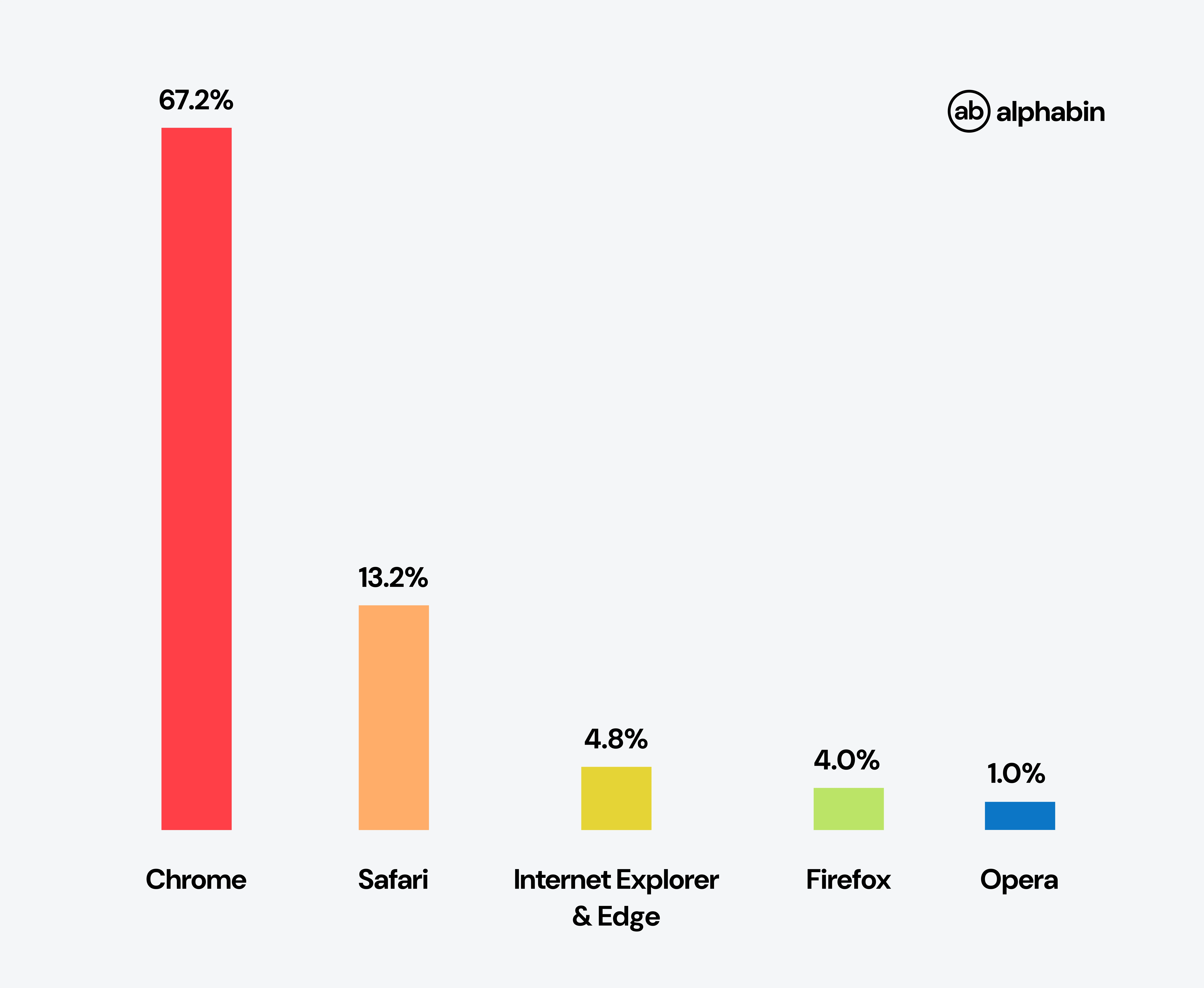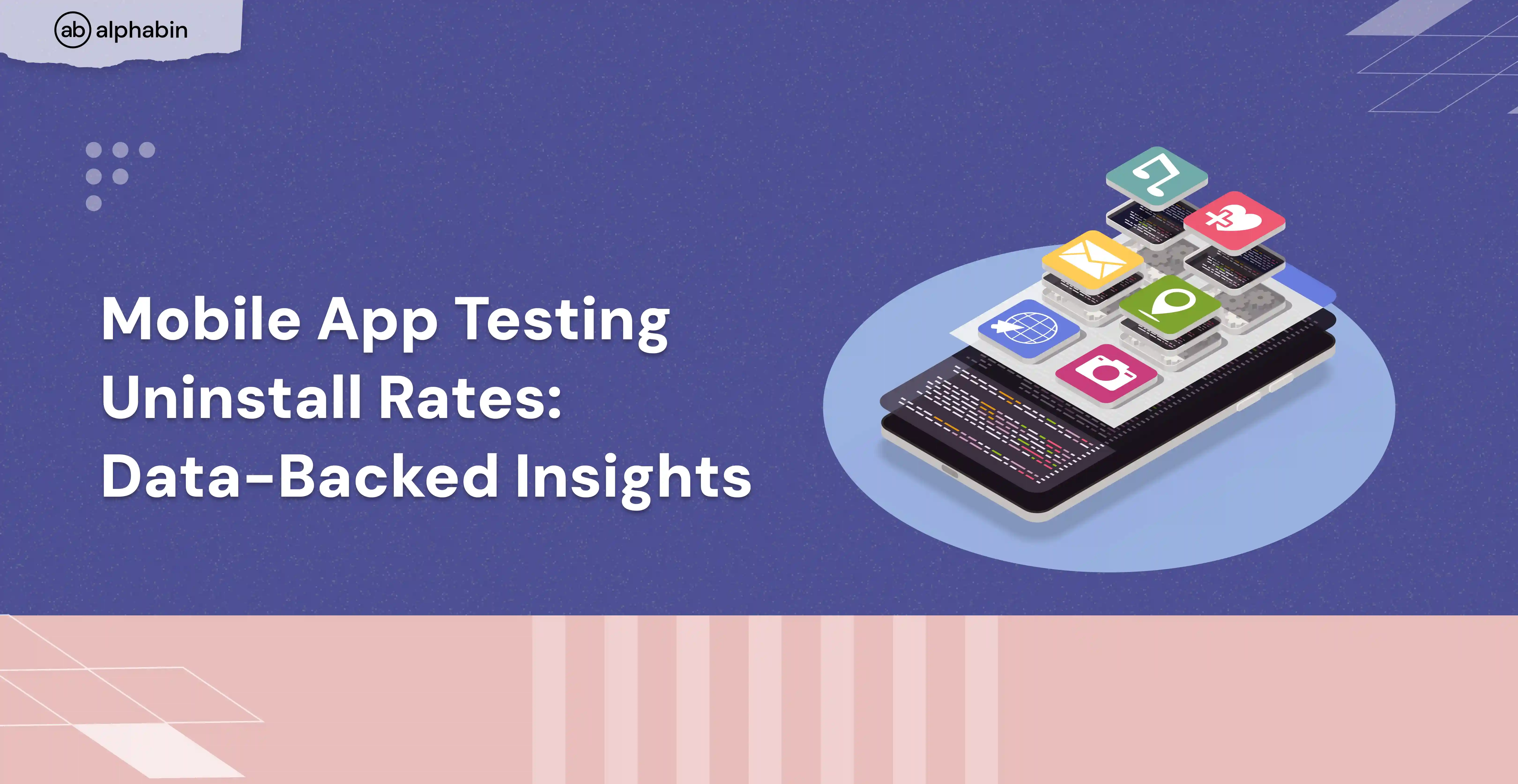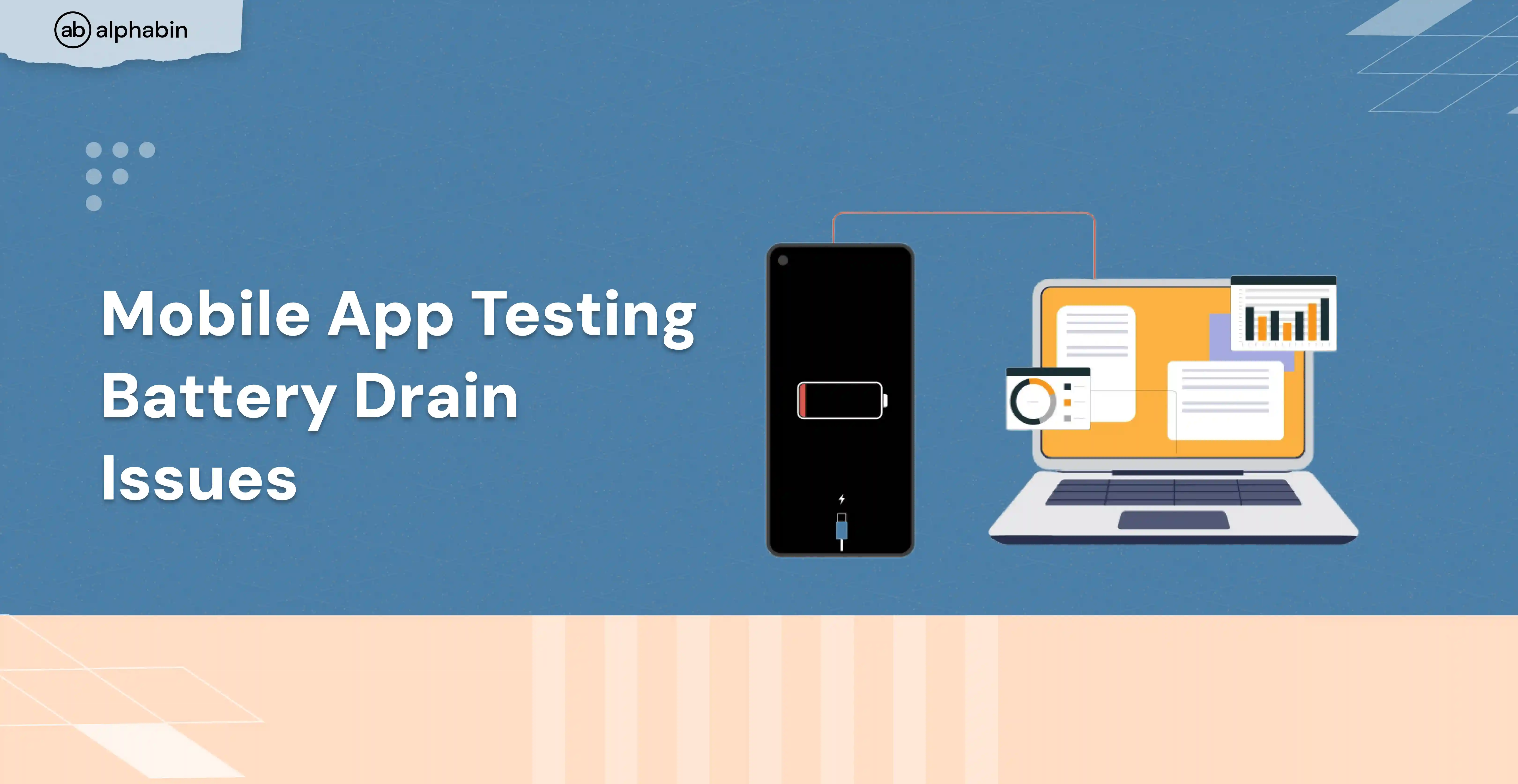Most of us know and use Google Chrome every day. It’s fast, easy to use, and works well with Google services. But have you ever heard of Chromium? You might have come across it if you’re a developer or a tester.
Did you know that Chrome is built on Chromium? While they look similar, they are not the same. Chrome is a ready-to-use browser for everyday users, while Chromium is more like a base platform used by developers and testing teams. Each has its strengths and weaknesses.
If you are into website testing or test automation, knowing the difference can save you time and help you choose the right browser for the job. This blog will explain it in simple terms and help you decide which browser works best for your testing and daily browsing needs.
What is Google Chrome?
Google Chrome is one of the web browsers created by Google. It is built to provide security, speed, and convenience. It is the most popular browser in the world and is trusted by users in terms of personal and professional browsing.
It’s also the software tester’s go-to browser for checking website performance and making sure things look correct to end users.
According to the January 2025 report from W3Counter, Chrome dominates the browser market with a 67.2% share, making it the most widely used browser.

Key Features
- Keeping the browser secure and up to date automatically via automatic updates.
- PDF viewer and Flash player (though Flash is no more) built-in.
- Google services sync is easy, just Gmail and Drive.
- There are thousands of available extensions in the Chrome Web Store.
- A debugging and testing website Developer Tool.
How do I Download Chrome?
Downloading the Google Chrome browser is quick and easy. Follow these steps to install it on your device:
- Go to Google Chrome’s download page.
- The site will automatically detect your operating system so you click ‘Download Chrome’.
- After downloading the file, execute it and follow the on-site instructions.
How to Test a Website on Google Chrome?
Testing a website on Google Chrome ensures compatibility, performance, and security. Here’s how you can do it:
1️⃣ Open Developer Tools (DevTools)
- Press F12 or Ctrl + Shift + I (Cmd + Option + I on Mac).
- Right-click on the page and select Inspect.
2️⃣ Test Responsiveness (Mobile View)
- In DevTools, click the Toggle Device Toolbar (📱 icon) or press Ctrl + Shift + M.
- Select different devices to check responsiveness.
3️⃣ Inspect and Debug Elements
- Use the Elements tab to modify HTML/CSS and debug layout issues.
- Check the Console tab for JavaScript errors.
4️⃣ Performance & Speed Testing
- Open the Performance tab → Click Record to analyze load time.
- Use Lighthouse (in DevTools) for SEO, accessibility, and performance insights.
5️⃣ Test Network & API Calls
- Go to the Network tab to monitor API requests, page load speed, and errors.
6️⃣ Security & Console Errors
- Open the Security tab to check the SSL status.
- Check the Console tab for errors and warnings.
{{cta-image}}
What is Chromium?
Chromium is an open-source browser project run by Google. It is the basis of the Chrome browser and is used by most developers and testers. It is lightweight and flexible and is often used for automation scripts and headless testing.
Key Features
- Open-source, free to use and modify
- It is like Chrome with fewer additional functions, such as automatic updates.
- Utilized by software developers in developing other browsers such as Edge and Brave.
How do I Download Chromium?
Unlike Google Chrome, there isn’t a standalone installer for the Chromium browser with automatic updates. Instead, it must be manually downloaded from the official repository or other sources.
- Visit the official page to download Chromium.
- Select Windows, macOS, or Linux
- Extract or install as per your OS.
How to Test a Website on Chromium?
Testing a website on the Chromium browser is similar to testing on Google Chrome, as both browsers share the same core engine. Here's how to do it:
1️⃣ Open Developer Tools (DevTools)
- Press F12 or Ctrl + Shift + I (Cmd + Option + I on Mac).
- Right-click anywhere on the page and select Inspect.
2️⃣ Test Responsiveness (Mobile View)
- Click the Toggle Device Toolbar (📱 icon) or press Ctrl + Shift + M.
- Choose different screen sizes to test responsiveness.
3️⃣ Debug HTML, CSS & JavaScript
- Use the Elements tab to inspect and modify the website structure.
- Check the Console tab for JavaScript errors.
4️⃣ Analyze Performance
- Open the Performance tab, click Record, and analyze page load speed.
- Use the Lighthouse tool for SEO, accessibility, and best practices insights.
5️⃣ Monitor Network & API Requests
- The Network tab helps track API calls, page speed, and failed requests.
6️⃣ Security & Debugging
- Check the Security tab to verify HTTPS and site security.
- Identify errors and warnings in the Console tab.
Difference Between Chrome and Chromium
Key differences between Google Chrome vs Chromium are compared in the following table.
Looking for top-notch automation, web app, or mobile app testing for your product? Contact us today for the best software testing experience! 🚀
Chrome vs Chromium: Which one is better for you?
It can be quite challenging to decide whether you should stick with feature-full Chrome or use open-source Chromium. Here is a comparison that you may find helpful:
Windows and macOS Users
Chromium is not as good as Chrome since it does not regularly make stable versions and lacks core applications.
Linux Users
- Linux being open source makes Chromium an ideal open-source web browser; it is usually chosen due to the release of Chromium.
- It does not have the auto-update feature, and it does not come with media codecs or Adobe Flash.
- Some distributions prefer to add some features that are missing from the Chromium browser.
Default Browser in Linux
- Most Linux distributions have replaced browsers such as Firefox with Chromium.
- Linux users can also access a more complete browsing service provided by Chrome.
- V8 and Blink are used by Microsoft Edge now, built on Chromium, and thus it’s compatible and features like most other Chromium browsers.
Which One Should You Pick?
- Choose Chrome if you expect to use a comfortable browser with no issues and extra tools already implemented.
- Choose Chromium if you would like to have more privacy, open-source software, or if it is needed in development.
- Chromium's open-source nature means that advanced users and web developers can use all browser extensions and install third-party add-ons to create their own special browsing experience.
The final decision rests on your requirements. People should choose Chrome when they need a browser that functions immediately. Those who prefer browser customization and freedom should select Chromium instead of Chrome.
{{cta-image-second}}
Final Thought
So, what you need determines the merits of Chrome and Chromium. For everyday users, Chrome is simply an ideal product with convenience, security, and automatic updates, which is great for general browsing or compatibility software testing.
But, as a developer or tester who wants more control, flexibility, and transparency, chromium is the perfect choice. It is especially useful when automation testing, no GUI, or custom environment testing is needed.
Whether the latter or not depends on what you want to aim for: Overall and standard use of Chrome, and for more complex use and development scenarios of Chromium. Only with testing on both browsers can we provide a smooth experience to everyone.



.svg)











